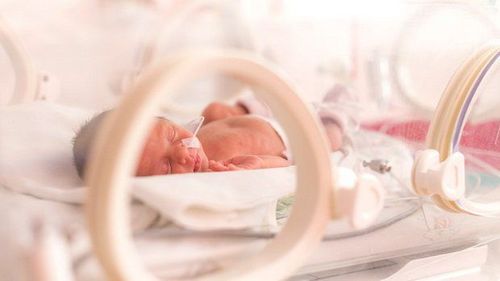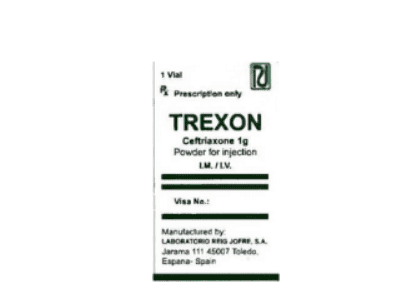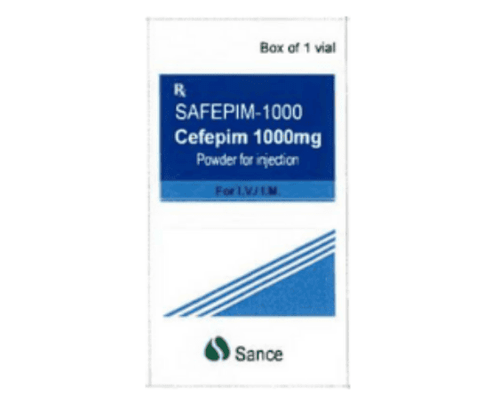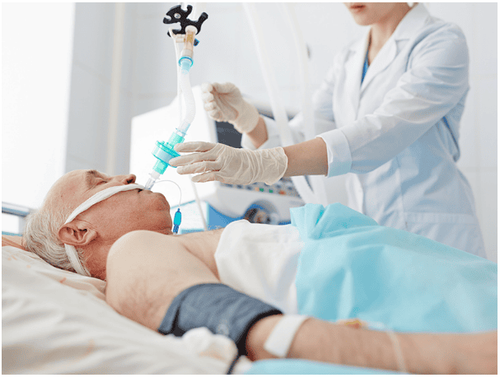This is an automatically translated article.
The article is expertly consulted by Master, Doctor Nguyen Le Duc Hoang - Emergency Medicine Doctor - Emergency Department - Vinmec Danang International Hospital.Hypoxic acute respiratory failure is severe hypoxia that does not respond to oxygen breathing. If not diagnosed and treated properly, the patient will go into death quickly, mortality rate from 50-70%
1. What is hypoxia acute respiratory failure?
Acute hypoxic respiratory failure (AHRF) is a state of severe arterial hypoxia leading to severe hypoxia in organs and organizations that do not respond to oxygen breathing.
This condition is caused by blood shunts in the lungs due to alveolar infiltrates or atelectasis clinically manifested by dyspnea and tachypnea.
Diagnosis is based on clinical and laboratory manifestations. Subclinical based on blood gas test results showed hypoxia and chest X-ray showed diffuse opacity of 2 lungs.
Severe hypoxia acute respiratory failure is a critical condition, the patient can die quickly. Consequences of this condition if not properly treated are as follows:
Consciousness disorder leading to coma due to lack of brain oxygen. The pulse becomes faster, the blood pressure drops, and the pulse collapses. If the patient survives, it will leave complications such as pulmonary fibrosis, chronic respiratory failure, and congestive heart failure. The overall mortality rate is 50-70%.
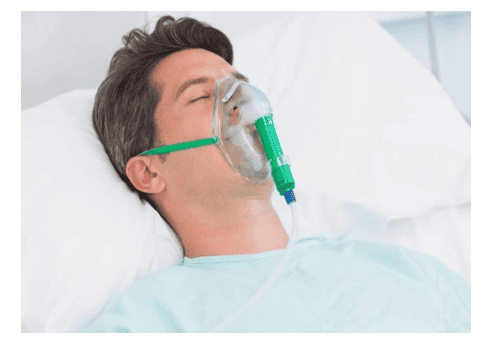
2. Causes of hypoxic acute respiratory failure (AHRF)
Causes include pulmonary and extrapulmonary causes. Specifically
Causes in the lungs:
Severe pneumonia. This is the most common cause, pneumococcal pneumonia, streptococcal pneumonia, Haemophilus Influenzae, influenza A virus H5N1, SARS, corona.... Asphyxiation Severe thoracic trauma causes lung contusion. Pulmonary infarction, pulmonary embolism Gastric reflux. Gastric juice causes extensive lung damage with atelectasis. Injecting, snorting heroin or using narcotic drugs Extrapulmonary causes:
Diabetic coma Severe infection or septic shock. Bulk blood transfusion Severe acute pancreatitis.

3. Clinical and subclinical symptoms in patients with hypoxic respiratory failure
3.1. Clinical symptoms Acute onset, usually within 4-48 hours after a pulmonary or systemic cause.
AHRF progresses in 4 stages:
Stage 1: There is damage to the lungs but there is still no crackles in the auscultation and the chest X-ray is still bright on both sides. Stage 2: lasts 1-3 days, the patient appears to have rapid breathing, the chest is still moving well. Stage 3: dyspnea and cyanosis, type of acute pulmonary edema lesions. Rapid breathing with cyanosis and sweat. Pulmonary examination: thoracic movement begins to be poor, moist rales and crackles are scattered in both lungs. The onset of disturbances in consciousness is a consequence of acute respiratory failure. Stage 4: Blood gas with decreased PaO2, increased PaCO2 metabolic acidosis eventually causes coma and myocardial failure due to irreversible hypoxia. 3.2. Subclinical symptoms: Arterial blood gas
PaO2 is severely reduced, usually less than 60mmHg, PaO2/FiO2 ratio ≤ 200. PaCO2 is normal or slightly decreased, sometimes elevated if lung lesions are too large Chest X-ray
Two fuzzy lungs, white lung pattern, butterfly lung shape, scattered opacities, two peaks and bright diaphragmatic angles. It can be seen that the combined damage is the cause of acute respiratory failure such as pneumonia, bronchitis,... Management of acute respiratory failure and hypoxia
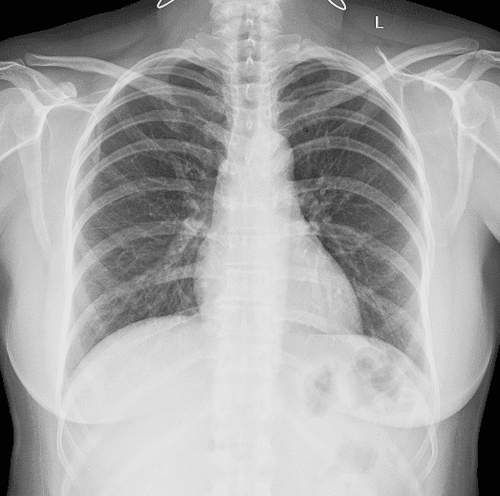
4. Treatment
Principles of treatment
Ensure ventilation by invasive airway measures (ventilator) Use sedatives, muscle relaxants Control fluid in and out Control vital signs such as pulse, temperature, blood pressure Control water and electrolyte disturbances, acid-base balance Intravenous nutrition Blood sugar control, infection prevention Prevention of thromboembolism Corticosteroid therapy if necessary For mechanical ventilation: Depending on cause, condition medical condition and provide the appropriate ventilatory method. Targets to be achieved:
Ensure arterial blood gas has PaO2: 55-80mmHg or Fingertip SpO2 measurement is 88-95%, arterial blood pH: 7.25 - 7.45. Methods of mechanical ventilation include:
Breathing mode is PCV: Set the breathing rate from 14 to 35 breaths/minute to ensure minute ventilation (6-8 liters/minute). In the event that the ventilatory adjustments still do not ensure the set oxygenation target, CPR should be performed. Artificial ventilation with positive pressure should be performed. This method avoids high intrathoracic pressures with high frequency and low minute ventilation, by using a special artificial respirator that produces a respiratory rate of 60-100 breaths/minute and a normal breathing rate. small traffic volume. Extracorporeal circulation by transmembrane oxygenation (ECMO). Using veno-arterial bypass to reduce pulmonary circulation and right-left shunt, while carrying oxygenated blood to correct arterial hypoxia and hypercapnia. This method can solve very serious problems in the immediate future. Artificial ventilation with positive pressure in both strokes and low frequency combined with a machine using a CO2 filter out of the body has been successfully applied in a number of critically ill patients, maintaining a normal PCO2 status. Acute hypoxic respiratory failure (AHRF) is a critical condition that requires prompt treatment by emergency physicians, otherwise it will lead to respiratory failure and death.
Vinmec International General Hospital is a high-quality medical facility in Vietnam with a team of highly qualified medical professionals, well-trained, domestic and foreign, and experienced.
A system of modern and advanced medical equipment, possessing many of the best machines in the world, helping to detect many difficult and dangerous diseases in a short time, supporting the diagnosis and treatment of doctors the most effective. The hospital space is designed according to 5-star hotel standards, giving patients comfort, friendliness and peace of mind.
Please dial HOTLINE for more information or register for an appointment HERE. Download MyVinmec app to make appointments faster and to manage your bookings easily.





